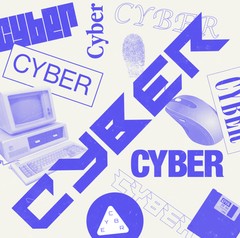Image: Motherboard
Hacking. Disinformation. Surveillance. CYBER is Motherboard's podcast and reporting on the dark underbelly of the internet.
Advertisement
Anom itself arranged these shipments of devices. Anom also worked with a system of distributors who used an online portal to keep track of their own sales. The files obtained by Motherboard which describe the shipments don’t include Anom phones that individual Anom distributors may have sent to the U.S.Were you a user of Anom? Did you sell the phones, or did you work on the investigation? We'd love to hear from you. Using a non-work phone or computer, you can contact Joseph Cox securely on Signal on +44 20 8133 5190, Wickr on josephcox, or email joseph.cox@vice.com.
Advertisement
Advertisement

